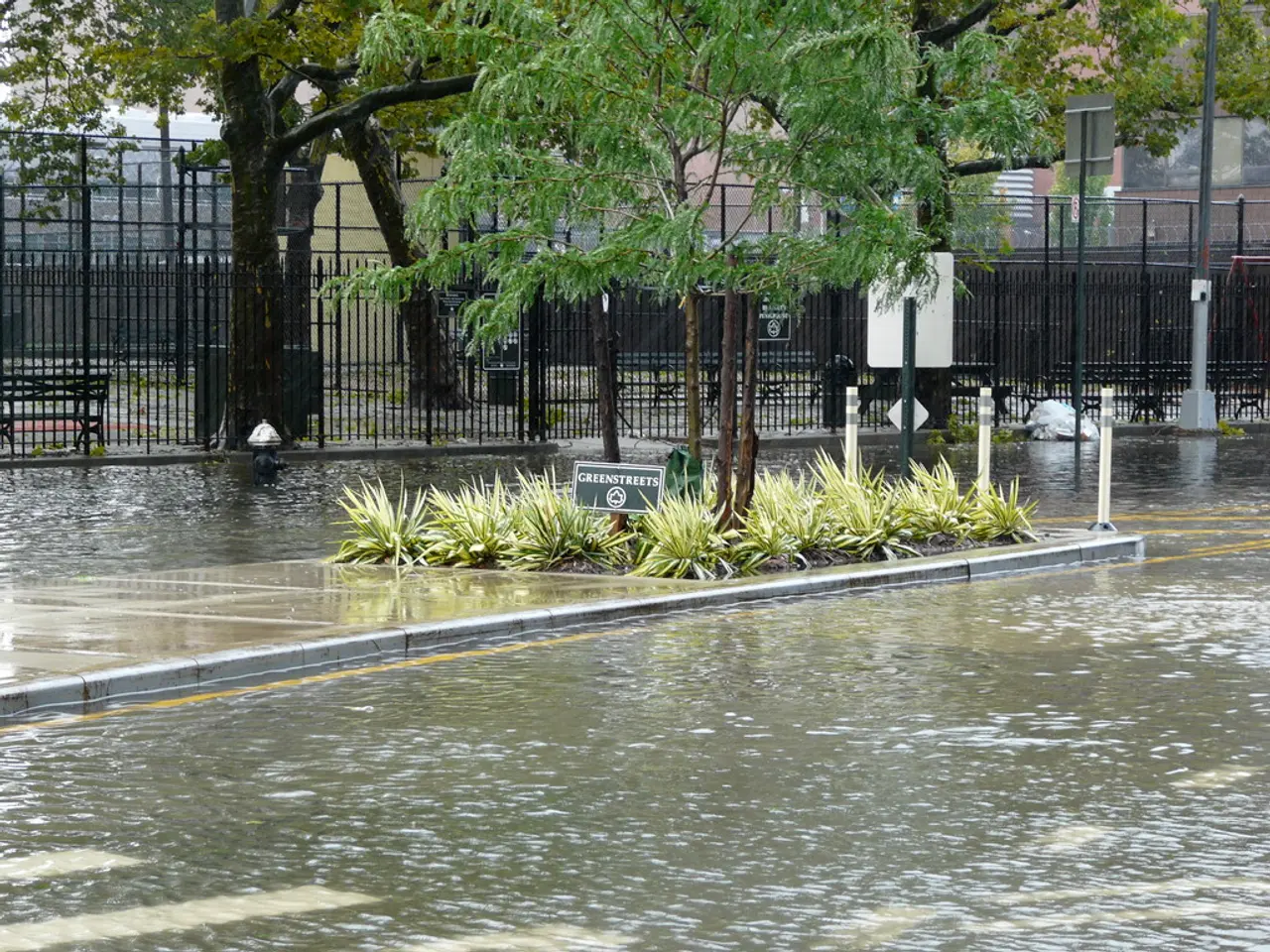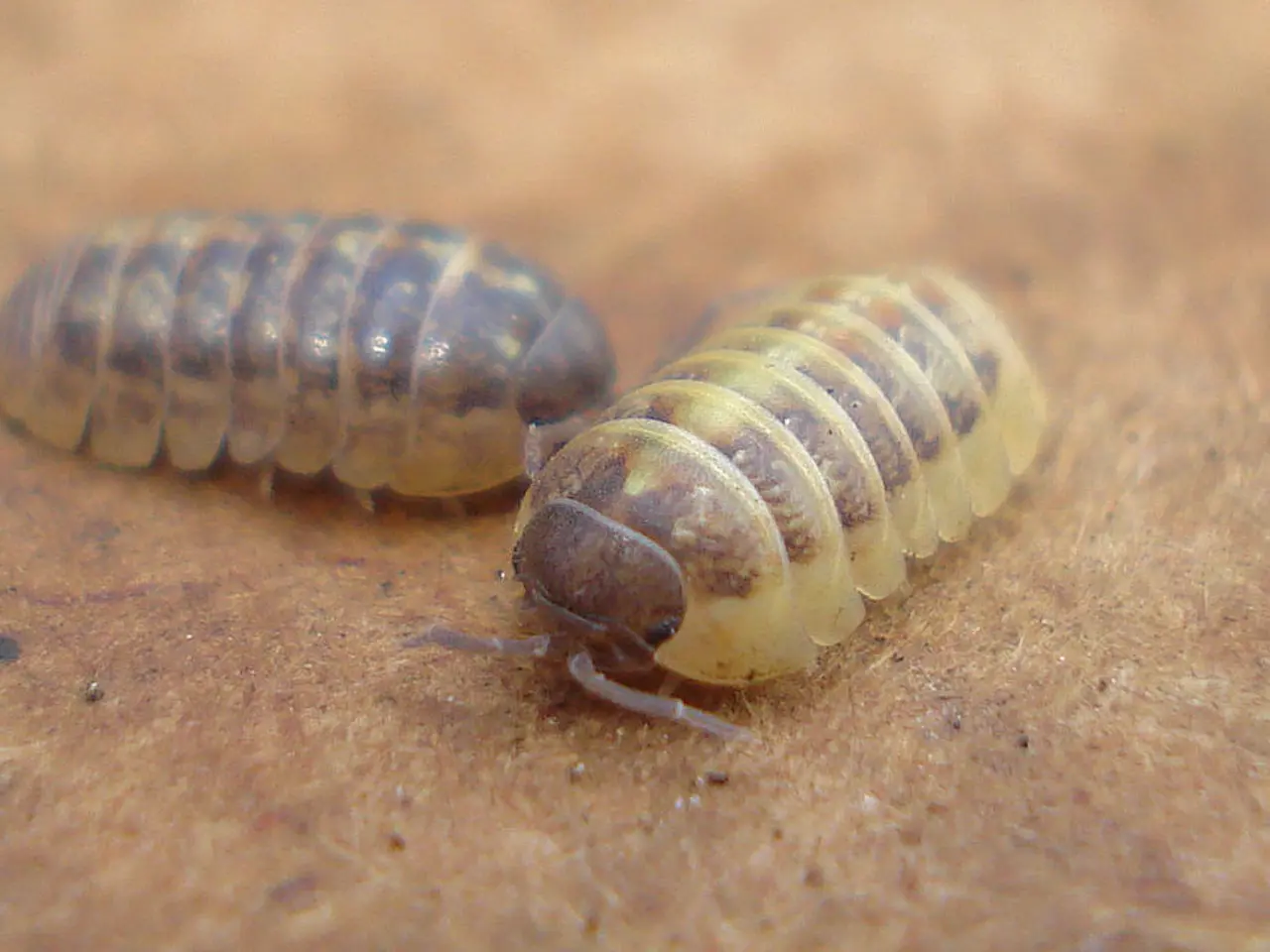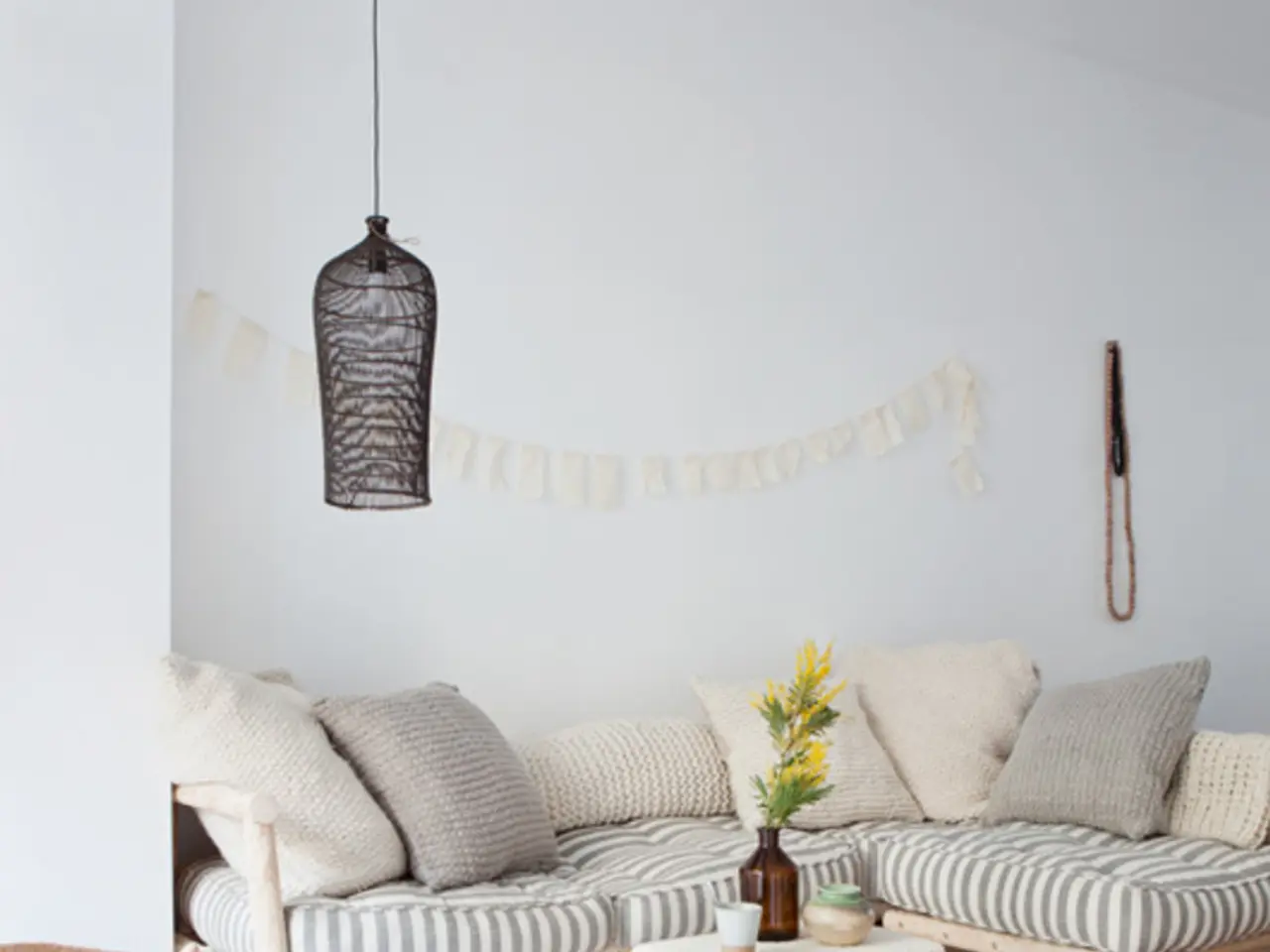Soakaway: a subterranean structure used to drain excess water, potentially safeguarding your property from flooding and waterlogging.
In the face of increasing concerns about flooding, homeowners are seeking ways to manage excess rainwater effectively. One such solution is the use of soakaways, a type of sustainable drainage system (SuDS).
Soakaways are simple yet effective drainage systems that divert excess rainwater away from your garden and allow it to drain deeper into the soil. They consist of large holes in the ground filled with specialist plastic crates or building rubble and gravel.
Before installing a soakaway, it's crucial to conduct a thorough site and soil survey to assess the soil type, ground conditions, and the volume of water to be managed. This survey helps evaluate the ability of the soil to absorb water effectively without causing flooding or pollution.
The garden site's suitability for a soakaway depends on several factors. For instance, soil with sufficient infiltration capacity (generally, soil infiltration rates greater than 1x10⁻⁶ m/s are favourable for soakaways) is ideal. The size of the soakaway relative to the impermeable surface area draining into it is also crucial. Proximity to foundations, watercourses, and utilities should be considered to avoid damage or contamination risks. Compliance with national sustainable drainage (SuDS) standards and permitting requirements is also essential.
If the garden site has well-draining soil (such as sandy or gravelly soil) and meets these conditions, it is generally suitable for a soakaway. However, sites with heavy clay soils, high water tables, or contamination risks may not be appropriate or may require additional engineering measures.
The process for determining if a garden is suitable for a soakaway involves the following steps:
- Conduct a site and soil survey to analyze permeability and water flow.
- Calculate runoff volume based on impermeable areas and rainfall.
- Design soakaway size and location accordingly, following SuDS guidelines.
- Check for compliance with regulations and environmental standards.
- Install and maintain the soakaway to ensure ongoing functionality.
This approach aligns with guidance from government publications on sustainable drainage and specialist soakaway installation services.
Soakaways offer several advantages. They help reduce pressure on overloaded mains drainage systems, potentially qualifying you for a surface water drainage rebate with your water company. They are also cost-effective and can camouflage into your garden without manhole covers.
However, there are also cons to consider. The potential for blockage, issues with home foundations if not far enough from the home or not draining correctly, and unsuitability for poor draining soil are among the drawbacks.
If you manage your rainwater so that it drains to a soakaway on your property, you should be entitled to a surface water drainage rebate. For example, the Polystorm Soakaway Kit is an option available for purchase online.
When installing a new driveway, ensuring sufficient drainage and allowance for surface water run-off is often a planning requirement. If a non-porous driveway material is used, surface run-off can be diverted to a soakaway.
In conclusion, soakaways are a practical and sustainable solution for managing excess rainwater. By following the recommended steps and considering the factors discussed, homeowners can effectively reduce the risk of flooding and contribute to environmental safety.
- In the pursuit of managing excess rainwater efficiently, homeowners are considering soakaways, a type of sustainable drainage system (SuDS).
- Soakaways are advantageous as they divert excess rainwater away from gardens and permit deeper soil drainage.
- Before installing a soakaway, it's imperative to conduct a thorough site and soil survey for assessing soil type, ground conditions, and water volume.
- The suitability of a garden site for a soakaway hinges on factors like soil infiltration capacity and the ratio of the soakaway to the impermeable surface area.
- Compliance with national SuDS standards, permitting requirements, and environmental standards is necessary.
- The process for determining a garden's suitability involves analyzing permeability and water flow, calculating runoff volume, designing the soakaway size and location, checking for regulatory compliance, and maintaining ongoing functionality.
- Soakaways can help reduce pressure on overloaded mains drainage systems, potentially qualifying homeowners for a surface water drainage rebate from their water company.
- When installing a new driveway, ensuring sufficient drainage and surface water run-off is often a planning requirement, with non-porous driveway materials allowing soakaways to divert surface run-off.
- By following the recommended steps and considering the factors discussed, homeowners can effectively reduce the risk of flooding and contribute to environmental safety with soakaway systems.




